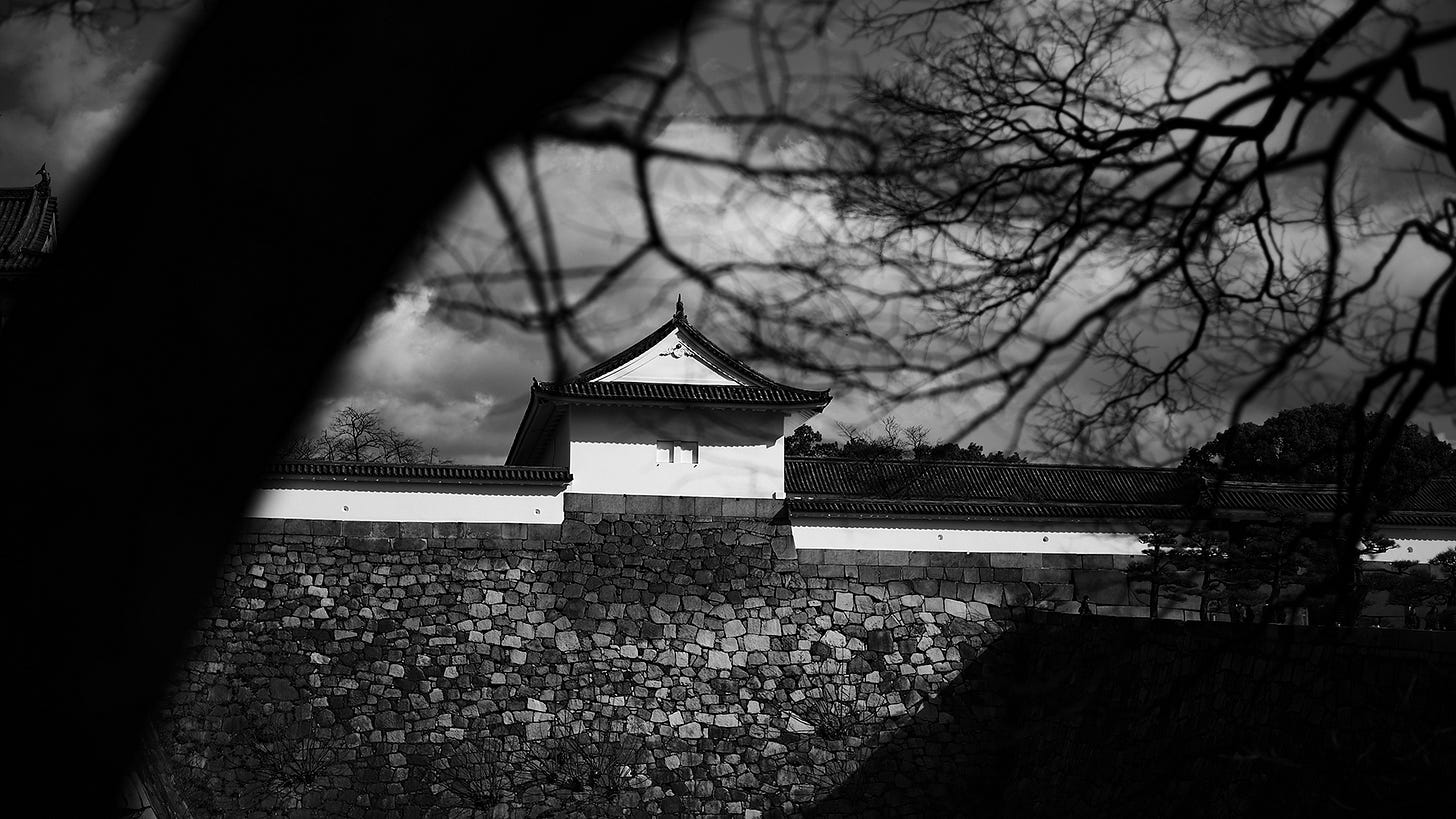Approach to Japan’s Deep Cultural Layers
Mindset for Engaging with Culture
In a research journey conducted late last month, I explored the significant cultural and linguistic differences between what are now the Izumo and Iwami regions of Shimane Prefecture, which were historically divided into Izumo Province (出雲国) and Iwami Province (石見国). Indeed, during my field research around Ōda City in the former Iwami Province, local residents repeatedly mentioned how difficult it is to communicate due to marked differences in vowel systems and accentuation between the Izumo dialect and the Iwami dialect.
From the perspective of geography and climate, Iwami primarily exhibits the typical features of a maritime culture of island-country Japan, wedged between the sea and steep mountain ranges. On the other hand, Izumo developed around a vast plain basin and the large Lake Shinji, primarily focusing on agriculture and water-based transportation. Furthermore, in ancient times, not only Lake Shinji but also Lake Jinzai—which is now significantly smaller—were extensive bodies of water.
From the coastal areas of ancient Izumo extending to present-day Matsue, archaeological evidence suggests that multiple tribes from overseas migrated and layered their presence from the Yayoi period onward. This “multi-tribal mixture” might have fostered Izumo’s unique blend of openness and conservatism. Even within Iwami, particularly near Ōda City, there existed a significant immigration route from the Korean Peninsula, clearly reflected today in place names and shrine dedications strongly influenced by Korea. Indeed, walking along the coast of Iwami myself, I witnessed large quantities of Korean garbage washed ashore—demonstrating that this sea region remains connected to Korea, both historically and presently.
There is no doubt these ancient layers existed, but it is also important not to overlook another critical era that significantly shaped Iwami’s distinctive character: the Sengoku period (戦国時代).



